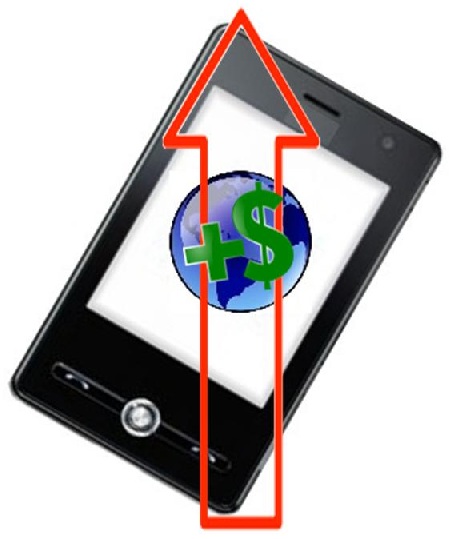 Many people have given up or limited their use of Facebook and Twitter for forty days.
Many people have given up or limited their use of Facebook and Twitter for forty days.
Now that Lent has begun, many Facebook and Twitter users have revealed that they are reducing, limiting, or even eliminating their use of the services, which could cause the effectiveness of social media marketing to temporarily dip.
Until Easter, the ads on these networks may not be seen and used by those making their individual sacrifice.
Lent is a period of personal sacrifice that occurs over a period of forty days that starts on Ash Wednesday (this year, it was February 13). This year, social media marketing experts have discovered that many of those who observe this time are choosing to give up their participation in Facebook, Twitter, LinkedIn, Pinterest, and other platforms, until the forty days is complete.
This social media marketing trend has illustrated the growing importance of this technology in our daily lives.
According to the St. Anthony of Padua Catholic Church webmaster, Lisa Hendey, “In the past, it might have been giving up the extras, like chocolate or TV, but Facebook has become such a big part of people’s daily lives they’re contemplating giving it up, praying about it and discussing it.” That church has the largest Roman Catholic congregation in Fresno, California.
The Redeemer Lutheran Church associate pastor, Dan Hues, said that “Facebook is huge”, and that “It’s blown up to be almost ubiquitous. It’s almost compulsive; that’s why it makes sense to give it up for Lent.” He stated that he feels that its popularity represents the ideal opportunity for the sacrifice of an activity of self indulgence.
Social media marketing analysts have been closely examining the patterns of use and traffic over the forty days of lent in order to be able to observe whether there is a perceptible dip in the use and effectiveness, or whether the impact is truly negligible. Due to the popularity of the use of Facebook, Twitter, Google+, and other platforms, it is being predicted that this will become an increasingly common sacrifice over the period of Lent this year and in coming years.

 Advertisers in the United Kingdom increased their spending by 94 percent last year.
Advertisers in the United Kingdom increased their spending by 94 percent last year.